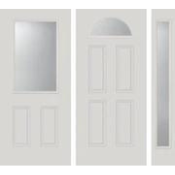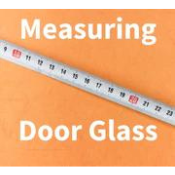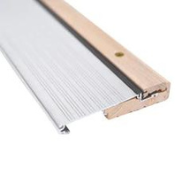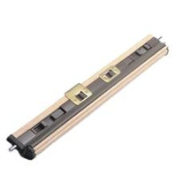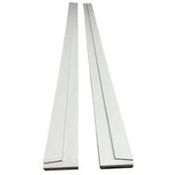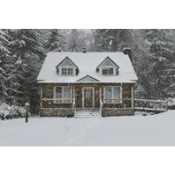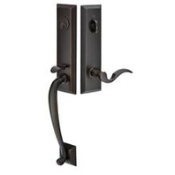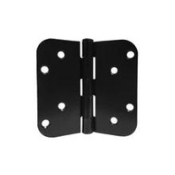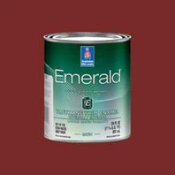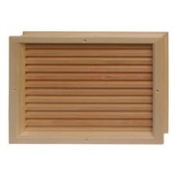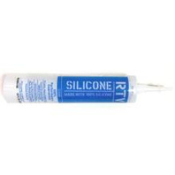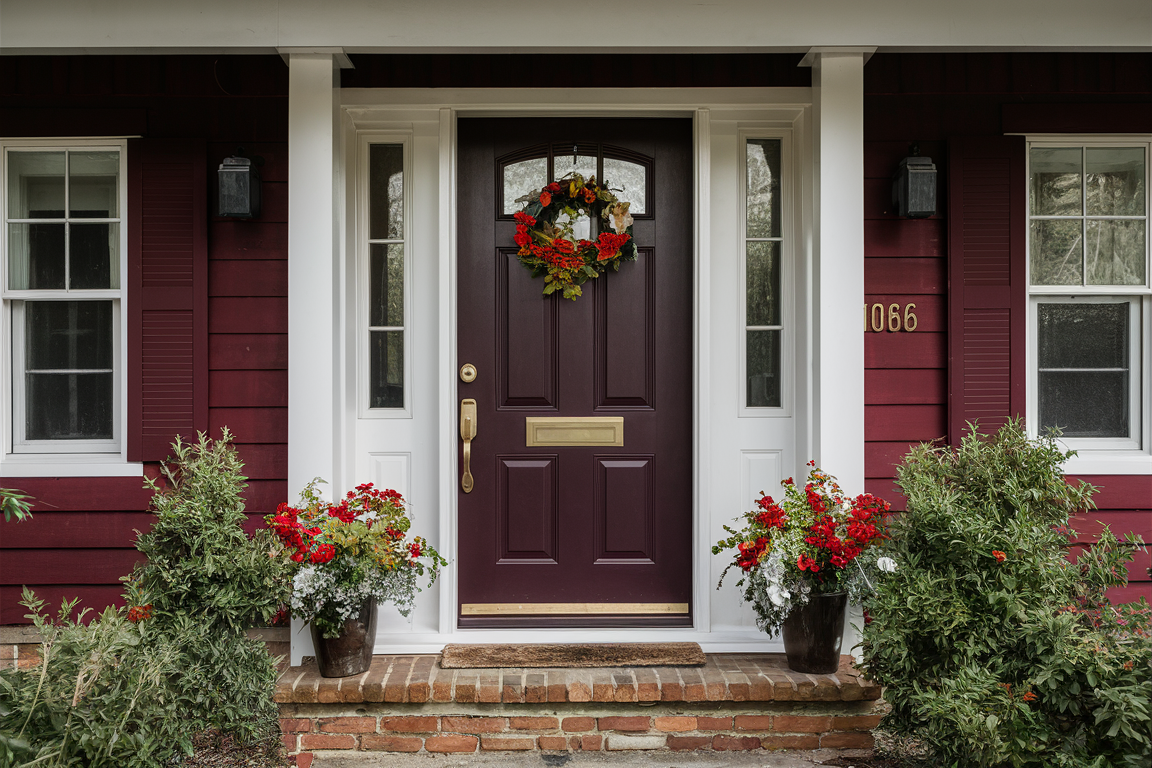
Door sweeps are a crucial component in enhancing home insulation and keeping pests out. They offer a simple yet effective solution to prevent drafts and improve energy efficiency. This guide provides a comprehensive overview of selecting and teaches you how to install door sweeps to optimize your home's insulation.
Key Takeaways
- Understanding the critical role of door sweeps in home insulation is essential for energy conservation.
- Various types of door sweeps are available, each with unique materials and properties suited for different needs.
- The installation process of door sweeps is straightforward, requiring minimal tools and effort.
- Troubleshooting common issues during installation ensures a proper seal and maximum effectiveness.
- Regular maintenance and alternative weatherstripping options can further enhance the insulation properties of door sweeps.
Understanding the Importance of Door Sweeps for Home Insulation
Benefits of Door Sweeps
- Energy Efficiency: Door sweeps play a crucial role in maintaining a consistent indoor temperature, which reduces the strain on heating and cooling systems. This not only leads to energy savings but also lowers utility bills.
- Comfort: By preventing drafts, door sweeps ensure an even temperature throughout the home, enhancing overall comfort.
- Enhanced Security: Properly installed door sweeps add an extra layer of security by minimizing gaps that could potentially allow entry to pests and small intruders.
How Door Sweeps Enhance Energy Efficiency
Door sweeps are essential for sealing gaps at the bottom of doors, which prevents cold or hot air from entering and conditioned air from escaping. This effective sealing directly contributes to better energy efficiency and performance of the home’s insulation system.
- Improving Comfort and Reducing Energy Costs
Installing door sweeps on exterior doors is a straightforward yet effective way to improve your home’s insulation. Regular maintenance, including cleaning and inspecting door sweeps, ensures they remain in good condition, thereby continuously contributing to reduced energy costs and a more comfortable living environment.
Exploring Types of Door Sweeps

- Materials and Designs
Door sweeps come in a variety of materials including plastic, aluminum, and stainless steel, each fitted with a sealing element like vinyl, nylon, or a sponge brush. The choice of material affects both the durability and effectiveness of the seal.
- Comparing Durability and Insulation Properties
The durability of door sweeps depends largely on the material. Stainless steel sweeps are known for their longevity, while plastic and aluminum options offer a balance of durability and cost-effectiveness. Insulation properties also vary, with materials like vinyl and sponge providing effective seals against drafts.
- Choosing Based on Specific Needs
Selecting the right door sweep involves considering the specific needs of your home. Factors such as the type of flooring, the gap size between the door and the threshold, and the local climate conditions should influence your choice to ensure optimal performance and energy efficiency.
Step-by-Step Guide to Installing Door Sweeps
Tools and Materials Needed

To successfully install door sweeps, you will need the following tools and materials:
- Pencil
- Tape measurer
- Scissors or a cutting tool
- Screws (if applicable)
- The door sweep itself, may be made of materials like plastic, aluminum, or stainless steel, and fitted with nylon, plastic, vinyl, or a sponge brush.
Measuring and Cutting the Door Sweep
- Start by measuring the width of your door to determine the length of the door sweep needed.
- Mark the measured length on the door sweep using a pencil.
- Carefully cut the door sweep to your marked length, ensuring a clean and straight cut.
Securing the Door Sweep Properly
- Position the door sweep along the bottom of the interior side of the door, ensuring the vinyl sponge or brush is touching the threshold to create a tight seal.
- If your door sweep comes with pre-drilled holes, align them with the door and secure using screws. If it does not have pre-drilled holes, you may need to create them.
- Check the door sweep by opening and closing the door to ensure there is no dragging and that it provides a good seal.
Troubleshooting Common Installation Issues
Addressing Improper Seals
Improper seals can significantly reduce the effectiveness of door sweeps. To address this issue:
- Ensure the door sweep is flush with the door bottom.
- Check for gaps and adjust the sweep to eliminate them.
- Replace the door sweep if it is damaged or worn out.
Adjustments for Climate Conditions
Different climates may require different types of door sweeps. Consider the following:
- In colder climates, use door sweeps that provide better insulation.
- In wetter climates, opt for water-resistant materials.
- Adjust the height of the door sweep to accommodate seasonal changes in floor expansion.
Maintenance Tips for Longevity
Regular maintenance extends the life of door sweeps and ensures they continue to perform effectively:
- Regularly clean the door sweep to prevent dirt buildup.
- Inspect the door sweep periodically for wear and tear.
- Replace the door sweep if it shows signs of deterioration or if it no longer provides a tight seal.
Maximizing the Effectiveness of Door Sweeps
To ensure that door sweeps continue to function optimally and contribute to home insulation, it's crucial to maintain them properly. Here are some strategies to maximize their effectiveness:
Regular Cleaning and Inspection
- Regularly clean the door sweeps to remove any debris or dirt that might hinder their performance.
- Inspect the door sweeps for any signs of wear or damage. Replace them if they are no longer effective.
Sealing Techniques for Optimal Performance
- Ensure that the door sweeps are tightly sealed against the door bottom to prevent any air leaks.
- Consider using additional sealing materials like caulk around the edges of the door sweep if necessary.
Alternative Weatherstripping Options
- Explore alternative weatherstripping methods such as magnetic strips or foam tapes for different types of doors.
- Evaluate the effectiveness of these alternatives in comparison to traditional door sweeps to choose the best option for your needs.
Professional Weatherization Services
Professional weatherization services offer a comprehensive approach to enhancing your home's energy efficiency and comfort. By addressing the specific needs of your home, these services can lead to significant energy savings and improved indoor comfort.
Benefits of Professional Installation
- Thorough assessment of your home to identify inefficiencies
- Use of advanced tools and technologies for precise weatherization
- Expertise in the latest industry standards and regulations
Choosing the Right Service
- Look for certified professionals with experience in home weatherization
- Consider the range of services offered and their specialization
- Check for reviews and testimonials from previous clients
Long-term Energy Savings
- Immediate improvement in home comfort and reduction in energy bills
- Long-term benefits include sustained lower utility costs
- Enhanced overall value of your property with upgraded energy efficiency
Sealing Drafty Windows and Doors

- Identifying Problem Areas
To effectively address drafty windows and doors, start by inspecting each for any visible gaps, cracks, or worn-out seals. Use a smoke pencil or incense stick on a windy day to detect less obvious drafts. This initial assessment will guide your sealing efforts.
- Installation Techniques
Begin by cleaning the surfaces around the windows and doors. Apply adhesive-backed foam tape to fill small gaps. For larger gaps, consider using V-strip or tension seals. Ensure that the weatherstripping materials are applied evenly and securely to prevent any air leakage.
- Maintaining Seals Over Time
Regular maintenance is crucial for the longevity of your seals. Check and replace weatherstripping materials annually, especially before extreme weather seasons. Keep the areas around windows and doors clean and free from debris to ensure the seals remain effective.
Sealing drafty windows and doors is essential for maintaining a comfortable home environment and reducing energy costs. At Pease Doors, we offer a wide range of weatherproofing products and expert advice to help you seal up against the elements effectively. Visit our website to explore our selection and get started on improving your home's insulation today!
Conclusion
In conclusion, door sweeps are a simple yet effective solution for enhancing home insulation and reducing energy costs. By understanding the different types available and following the step-by-step installation guide provided, homeowners can easily select and install the right door sweep for their needs. Regular maintenance and troubleshooting of common issues will ensure the longevity and effectiveness of the door sweeps. Remember, the right choice in door sweeps not only contributes to a more energy-efficient home but also improves overall comfort by eliminating unwanted drafts.
Frequently Asked Questions
1. What are the main benefits of installing door sweeps?
Door sweeps help in sealing gaps at the bottom of doors, preventing drafts, enhancing insulation, and improving energy efficiency, which leads to reduced energy costs and increased indoor comfort.
2. What types of door sweeps are available?
Door sweeps are commonly made from materials like plastic, aluminum, or stainless steel, and feature a sealing component such as vinyl, rubber, or a sponge brush. The choice depends on durability, insulation properties, and specific needs.
3. How do I install a door sweep?
To install a door sweep, measure the door width, cut the sweep to size, and secure it to the bottom of the door using screws or adhesive, ensuring the seal material touches the threshold for optimal performance.
4. What common issues might I encounter when installing door sweeps?
Common installation issues include improper sealing due to incorrect sizing or alignment, and adjustments may be needed based on climate conditions or door frame irregularities.
5. How can I maximize the effectiveness of door sweeps?
To maximize effectiveness, regularly clean and inspect door sweeps for damage, ensure a proper seal is maintained, and consider alternative weatherstripping options if necessary to enhance overall insulation.
6. Are there professional services for installing door sweeps?
Yes, professional weatherization services are available for door sweep installation, which can ensure a proper, durable installation and help achieve long-term energy savings by effectively sealing drafts.


